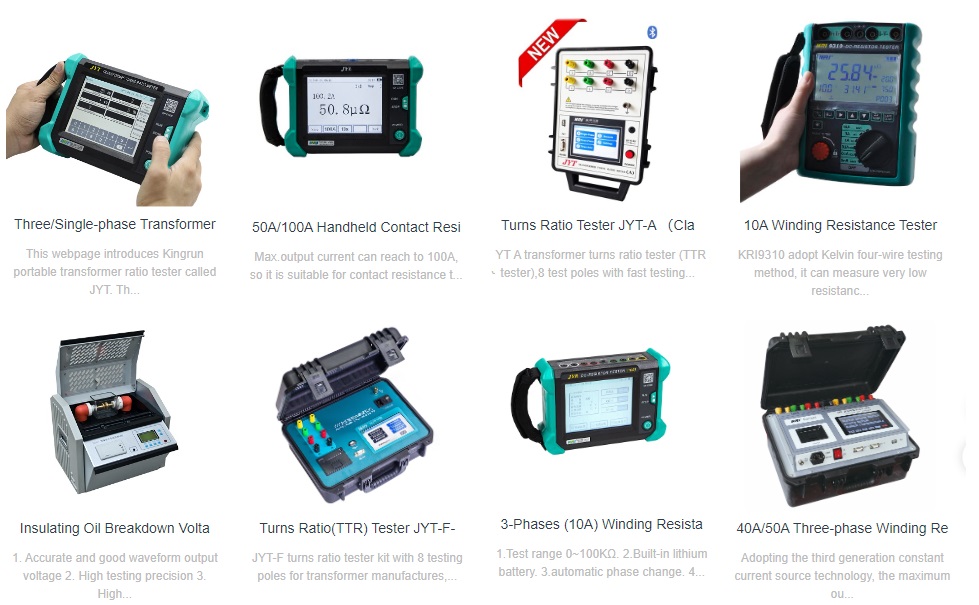For windings with taps, the resistance should be measured at all tap positions. In the case of on-load tap-changing transformers with a polarity selector switch, winding resistance should be measured in one direction for all tap positions, and only 1-2 tap positions need to be measured in the other direction. When measuring windings, the off-excitation tap switch should be locked in the specified position, and on-load tap changers should be operated electrically.
During winding resistance measurement, the winding temperature must be accurately recorded. When measuring winding resistance after the transformer's lead assembly is completed, the transformer should not be placed in areas with high air circulation or significant ambient temperature variations. At this time, the ambient temperature should be recorded. For dry-type transformers, after final assembly, the winding temperature should be taken as the average of temperatures at no fewer than three points on the winding surface. For oil-immersed transformers, after the oil temperature has stabilized, transformer oil should be injected into the test thermometer well to at least two-thirds of its depth, and a thermometer inserted. The top oil temperature can then be taken as the winding temperature. For large transformers, the average oil temperature should be used as the winding temperature.
Based on the calculated winding resistance values in the product technical data, an appropriate DC resistance tester or dedicated bridge (with an accuracy of no less than 0.2 class) should be selected, meeting the following requirements:
a. Instrument Verification: Select the test current of the DC resistance tester according to the instrument's manual and the winding resistance value.
b. Open-Terminal Condition: All winding terminals must be in an open-circuit state. For delta windings with an open connection, ensure the open points are not connected.
c. On-Load Tap Changers: When measuring winding resistance of transformers with on-load tap changers, it is not necessary to disconnect the measurement circuit; simply restart the instrument.
d. Off-Excitation Tap Changers: For transformers with off-excitation tap changers, power must be disconnected when changing tap positions. For D/D-connected transformers, taps can be changed phase by phase without disconnecting the power.
e. Magnetization Assistance: For large-capacity five-limb transformers with low voltage and D connection, the magnetization assistance method should be used to shorten the measurement time. After the test, ensure proper demagnetization.
f. Minimize Self-Induction Effects: Wait until the influence of winding self-induction has minimized before recording data, as premature readings may result in significant errors.
g. Discharge Safety: After each measurement, thoroughly discharge the test circuit and confirm before proceeding to the next operation.
Kingrun Transformer Instrument Co.,Ltd.


More Transformer Testers from Kingrun
